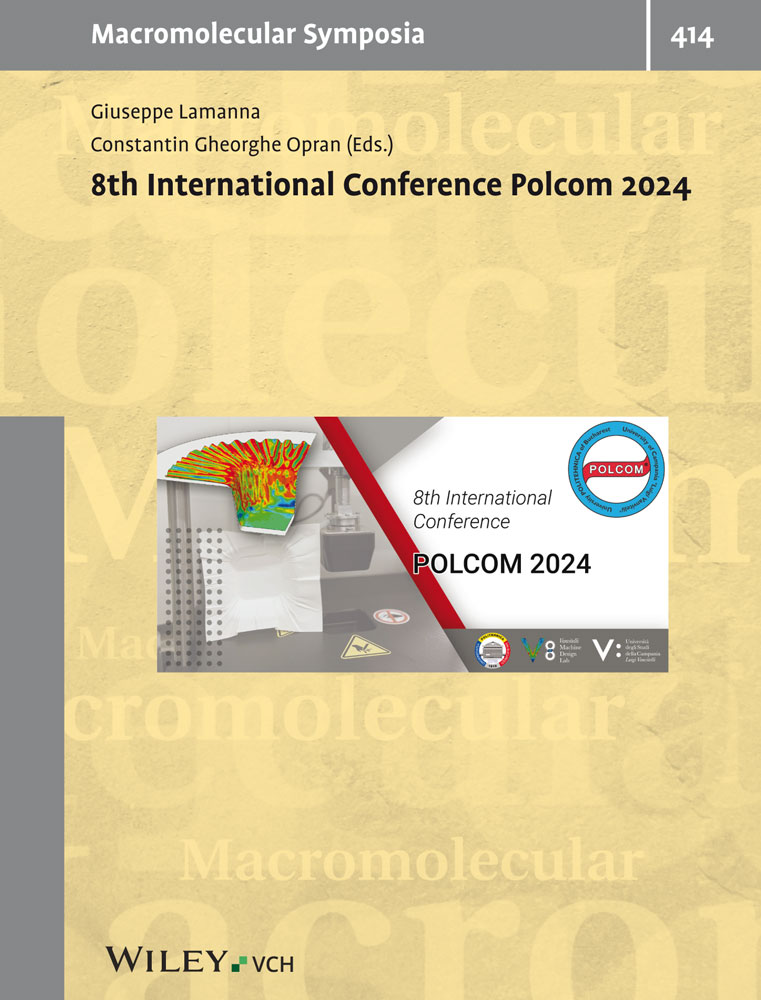Sulfonated multiblock copoly(ether sulfone)s as membrane materials for fuel cell applications
Abstract
Arylene ether multiblock copolymers of the (AB)n-type with various degrees of sulfonation have been prepared by a two-step polycondensation procedure. Multiblock copolymers in high yields and of high molecular weights were obtained. For comparison random copolymers with the same overall composition were synthesized. The theoretical ion-exchange capacities (IEC) of the materials were ranging from 0.50 mmol/g to 1.25 mmol/g. The water-uptake of the multiblock copolymers showed a linear dependency from the IEC and was increasing with increasing IEC. No differences were observed between random and block copolymers. Furthermore, the hydrolytic stability of aromatic sulfonic acid groups was investigated in this study. Aromatic sulfonic acids, having additional electron donating groups, especially in ortho- or para-position to the sulfonic acid group are sensitive to hydrolytic desulfonation. On the other hand electron-withdrawing groups in meta-position showed a stabilizing effect.




